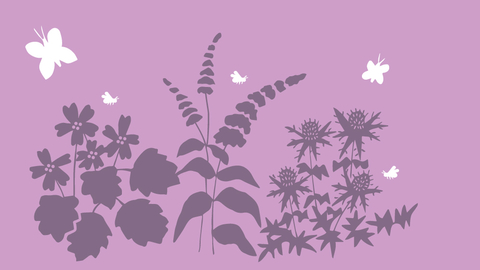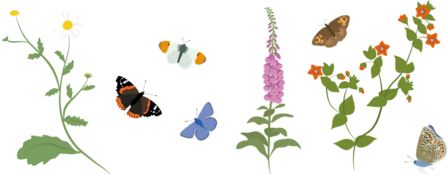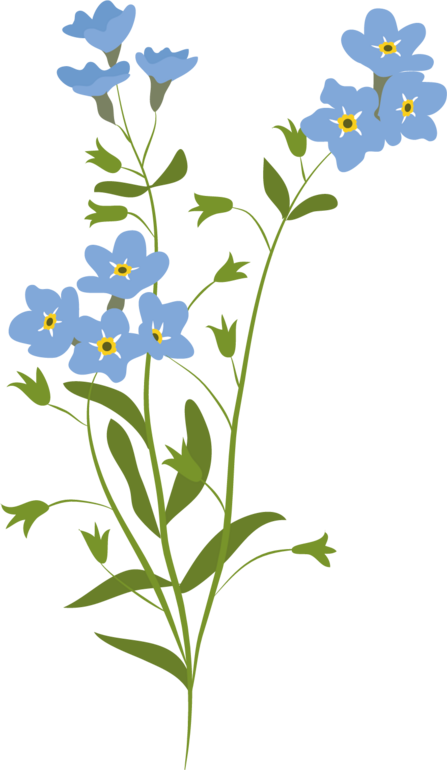
The best plants for bees and pollinators
Set up a ‘nectar café’ by planting flowers for pollinating insects like bees and butterflies

Many of our prettiest insects feed on nectar, so need flowering plants for their survival. Butterflies, moths, bees and hoverflies all need sources of nectar and pollen to thrive. As they travel from flower to flower, they also pollinate them, enabling them to set seed or bear fruit. So, setting up a nectar café benefits both your plants and you, allowing you to enjoy the flitting and fluttering of beautiful butterflies.
Setting up a nectar café not only benefits your garden, but allows you to enjoy the fluttering of beautiful butterflies too

Setting up your nectar café:
- Choose a sheltered sunny spot
- Place each plant in groups or drifts so that the colour and scent are easy to detect
- Prolong the flowering season – select plants so that you have a show of flowers from early spring to late autumn
- Choose flowers with a simple (often flat) structure, like old cottage varieties, as they are the easiest for insects to feed from
- Remember to provide a night-time feast for moths. Plant some night-scented flowers.
- Add herbs to the mix as they are highly attractive to insects, or design a dedicated herb garden
Nectar plant suggestions:
Early season |
Mid season |
Late season |
|---|---|---|
| Aubretia spp | Heather - Erica cinerea | Coneflower - Echinacea spp. |
| English bluebell - Hyacinthoides non-scripta | Lady’s bedstraw - Galium verum | French marigold - Tagetes patula |
| Currant - Ribes spp. | Lavender - Lavandula angustifolia | Golden rod - Solidago spp. |
| Grape hyacinth - Muscari armeniacum | Common mallow - Malva sylvestri | Honeysuckle - Lonicera periclymenum |
| Lungwort - Pulmonaria officinalis | Purple toadflax - Linaria purpurea | Ice plant - Sedum spectabile |
| Primrose - Primula vulgaris | Rock cress - Arabis spp. | Ivy - Hedera helix |
| Sweet violet - Viola odorata | Sea holly - Eryngium maritimum | Meadow saffron - Colchicum autumnale |
| Winter aconite - Eranthis hyemalis | Verbena - Verbena bonariensis | Michaelmas daisy - Aster pyrenaeus |
| Wood anemone - Anemone nemorosa | Wallflower - Erysimum cheiri | Common sunflower - Helianthus annuus |
| Alyssum - Alyssum montanum |
Red valerian - Centranthus ruber |
